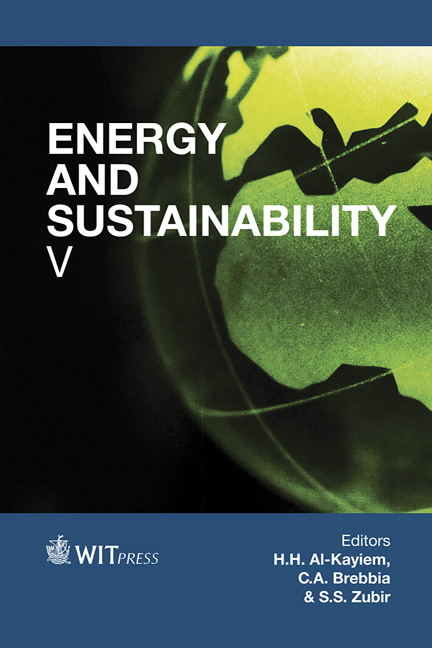Pore, Abnormal Formation And Fracture Pressure Prediction
Price
Free (open access)
Transaction
Volume
186
Pages
15
Page Range
579 - 593
Published
2015
Size
1,283 kb
Paper DOI
10.2495/ESUS140511
Copyright
WIT Press
Author(s)
F. Khoshnaw, P. Jaf, S. Farkha
Abstract
Oil and gas well drilling planning is the main task of any drilling engineer. In order to overcome this task, it is required to maintain the wellbore pressure between the maximum value that does not fracture the formation and the pressure of the fluids within the formations, because, as the wellbore pressure exceeds the fractures’ pressure, formation damage occurs, which will consequently result in lost circulation problems. Meanwhile, if the well pressure is less than the formation fluids pressure it leads to other drilling problems such as the kick problem and possibly blowout. The maximum well pressure that does not fracture the formations is called the fracture pressure and the formation fluids pressure is called the pore pressure. Therefore, pore pressure and fracture pressure are considered as the most crucial parameters for drilling engineering planning and for launching new wells. Another significant parameter for well planning is the detection and estimation of an abnormal pressure depth. This is when the formation pressure is higher than the normal pressure at a specific depth.
There are many methods for determining pore pressure, fracture pressure and abnormal pressure depth and their values. These methods can be divided into two categories: predictive methods and verification methods.
In this paper, the predictive method involves determining or estimating the above-mentioned parameters prior to drilling operation using seismic data, especially equivalent to matrix stress. This is applied to two case studies: an African sandstone reservoir in Libya and the South Texas Frio Trend, based on seismic data recorded for interval transit times vs. depth. The results showed that; first, for the African sandstone reservoir, Libya, the oil filed the abnormal pore pressure located deeper than 6000ft, which is the main indicator for specifying that the maximum depth has an abnormal pressure. Second, for the South Texas FrioTrend, the abnormal pore pressure was located at deeper than 8000ft. In the last section, based on the pore and fractured gradient, the casing sets are selected.
Keywords
pore pressure, abnormal pressure, fracture pressure, pore and fracture pressure gradient, prediction





